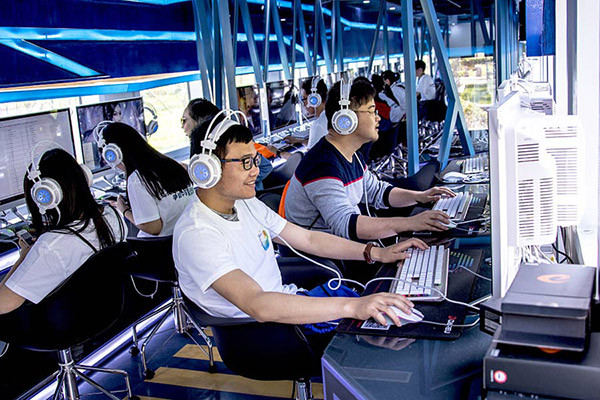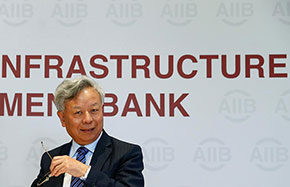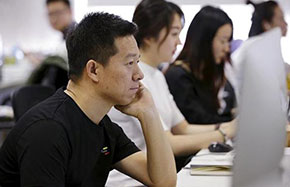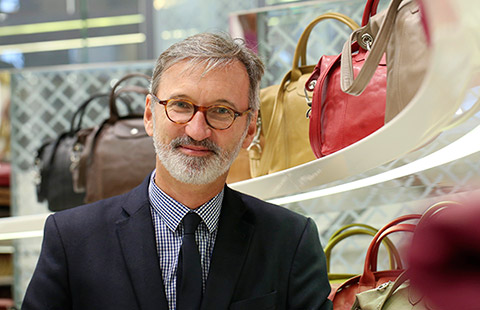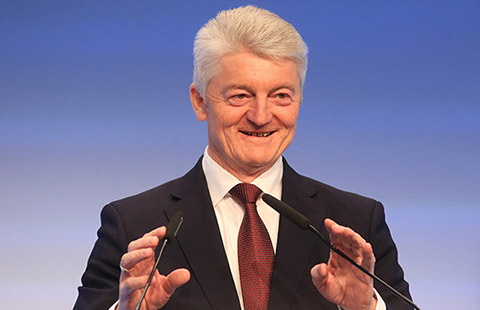Joint venture sets model for China-Russia cooperation in energy field
MOSCOW — On the vast east European plain 1,200 kilometers east of Moscow, lines of pumping machines stand on the green grassland. It is the location of Udmurtia Petroleum Corp (UDM), an energy joint venture between Russia and China.
The UDM was bought out by China Petroleum and Chemical Corp, also known as Sinopec, and Russian oil giant Rosneft in August 2006.
Rosneft took a 51 percent stake and Sinopec 49 percent in the UDM, which is China's first and only oil field project in production in Russia.
Located in Udmurtia, a republic in western Russia, the UDM is the republic's largest oil corporation, with 32 oil fields and a daily production capacity of 17,000 metric tons.
In the UDM building, many awards hang on the wall. Wang Jun, general manager of Sinopec's Russian unit, said that since Sinopec became the UDM's shareholder a decade ago, the UDM has increased production by 7.7 percent and its reserves have gone up 9.5 percent.
In 2016, the UDM paid $843 million in tax to the republic's government, accounting for 9.6 percent of its total tax revenue. The company ranks the first among the republic's taxpayers, Wang said.
The UDM's average annual profit has been more than $450 million. By the end of 2016, the UDM's net profit totaled $4.877 billion. This year, the company has discovered two new oil fields totaling 800,000 tons of reserves in Udmurtia.
The implementation of the China-proposed Belt and Road Initiative and the stability of Russia's domestic political situation and economic policies provide the joint venture with security and guarantee, Wang added.
The Belt and Road Initiative, which comprises the Silk Road Economic Belt and the 21st Century Maritime Silk Road, was brought up by Chinese President Xi Jinping in 2013, with the aim of building a trade and infrastructure network connecting Asia with Europe and Africa along the ancient Silk Road routes.
The UDM's general manager, Topal Andrey Yurievich, told Xinhua that the participation of Sinopec has optimized the administration of the joint venture and increased production efficiency.
According to Wang, Sinopec's investment in the UDM is like China marrying a daughter to Russia. How to adapt to the new family and live a good life depends on the good intention and cooperation of the two "original families."
Yurievich said the cooperative relationship between Chinese and Russian companies in the UDM is like a pair of chopsticks. The two chopsticks need to work together to catch food, as one chopstick will never work.
The China-Russia joint venture is regarded as a business success, and also a responsible player in shouldering social responsibilities.
It set up a foundation and spent $7.77 million on charity between 2012 and 2016, including funds on the establishment of kindergartens, primary schools and outdoor parks for children, and for organizing art and cultural festivals. The company also helped build roads for local communities.
When asked to comment on the UDM, Chinese Ambassador to Russia Li Hui said it has not only brought profits to both companies and provided experiences for bilateral pragmatic cooperation in the future, but has also enriched the China-Russia comprehensive strategic partnership of coordination.
The success has demonstrated the broad prospects of China-Russia cooperation in the energy field, which should be strengthened and enlarged by the two sides, Li said.








